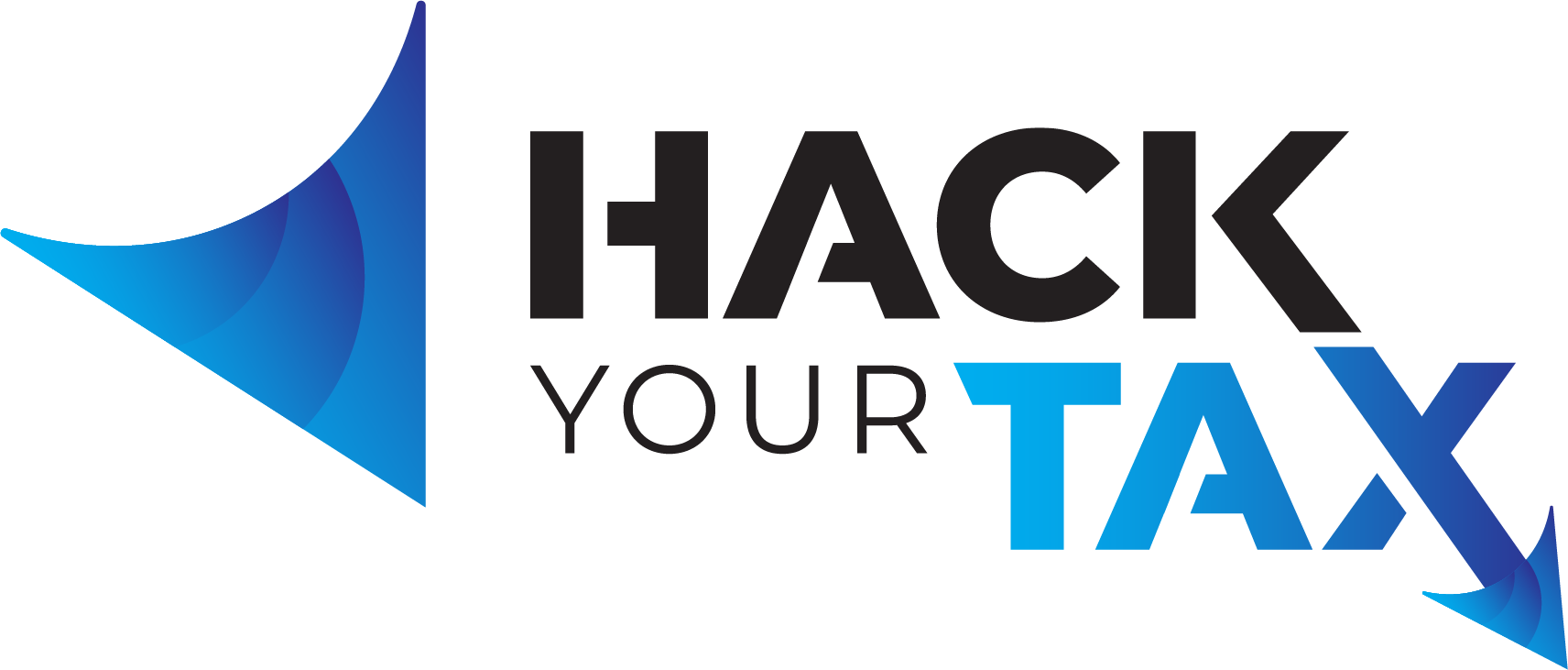Educator Expense Deduction: What’s new?
Teachers spend a lot of money on their classrooms. With the educator expense deduction set at just $250 per eligible educator, teachers must plan carefully.
Who qualifies for an educator expense deduction?
You’re an eligible educator if, for the tax year you’re a kindergarten through grade 12 teacher, instructor, counselor, principal or aide for at least 900 hours a school year in a school that provides elementary or secondary education as determined under state law.
If you homeschool your children, the benefits of the educator expense deduction is not available as you are not a paid teacher. Tuition and Fees deductions are only for post-secondary expenses. You are not a charity, but you may deduct contributions to homeschool services that are 501(c)(3) nonprofits.
What purchases can a teacher deduct?
Qualified expenses are amounts you paid or incurred for ordinary and necessary items such as books, supplies, computer equipment (including related software and services), other equipment, and supplementary materials that you use in the classroom. An ordinary expense is one that is common and accepted in your educational field. A necessary expense is one that is helpful and appropriate for your profession as an educator. An expense doesn’t have to be required to be considered necessary. Remember, for courses in health or physical education, the expenses for supplies must be for athletic supplies.
Qualified expenses are deductible only to the extent the amount of such expenses exceed the following amounts for the tax year:
- The interest on series EE and I U.S. savings bonds that you exclude from income because you paid qualified higher education expenses,
- Any distribution from a qualified state tuition program that you exclude from income,
- Any tax-free withdrawals from your Coverdell education savings accounts,
- Any reimbursements you receive for expenses that aren’t reported to you in box 1 of your Form W-2.
- If you had qualified expenses in excess of the amount that you can take as an adjustment to gross income, you can deduct them as an itemized deduction subject to the 2% limit on miscellaneous itemized deductions.
New educator expense deduction for 2016.
Beginning in 2016, qualified expenses also include those expenses you incur while participating in professional development courses related to the curriculum in which you provide instruction. It also includes those expenses related to those students for whom you provide that instruction.
Educator expenses over limit.
If you were an educator in 2016 and you had qualified expenses that you can’t take as an adjustment to gross income, you can deduct the rest as an itemized deduction subject to the 2% limit.
Checklist things to remember:
- If you’ve already shopped, gather up those receipts and put with your tax paperwork. You’ll need them!
- Allowable purchases that you’re reimbursed for by someone else, your teacher’s union, etc, can’t be deducted on your taxes.
- Keep all receipts and expenses even if you’ve exceeded your $250 limit.
- If you and your spouse are both qualified educators, keep your purchases separated. Your combined limit may not exceed $500 for this deduction.
- If you received funds from any source to help with your expenses, keep all the information.
What’s your next step?
It may appear simple to buy the right stuff, keep receipts, and deduct only $250, but that’s just the beginning. There are uncertain tax rules regarding GoFundMe income, use of untaxed funds and funds received through charitable organizations. Remember, people who donate money to you may also be reporting these donations to the IRS. Depending on how this is done, the IRS could get interested in you.
What’s the bottom line?
Schedule an appointment now for your 4th quarter tax review. Your time is valuable and we’re here to take care of you. 479-478-6831



